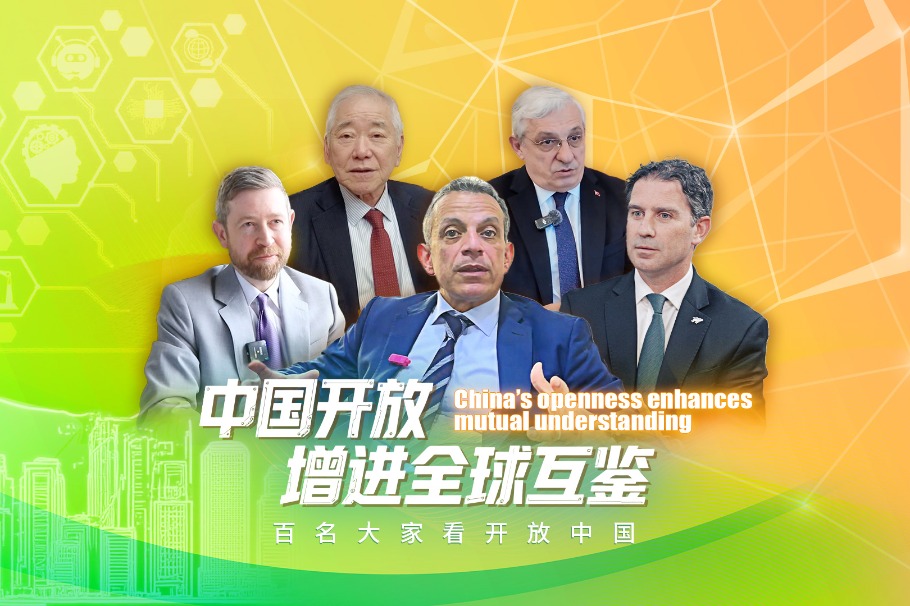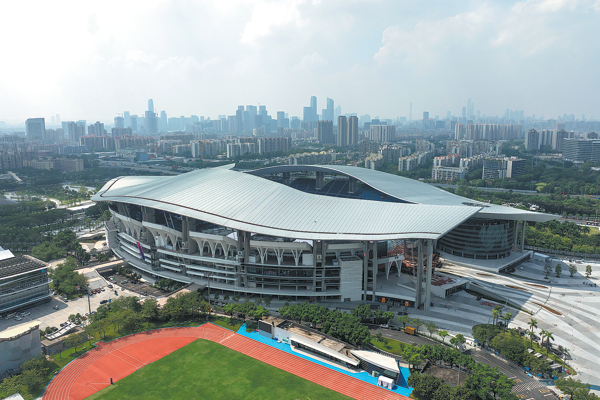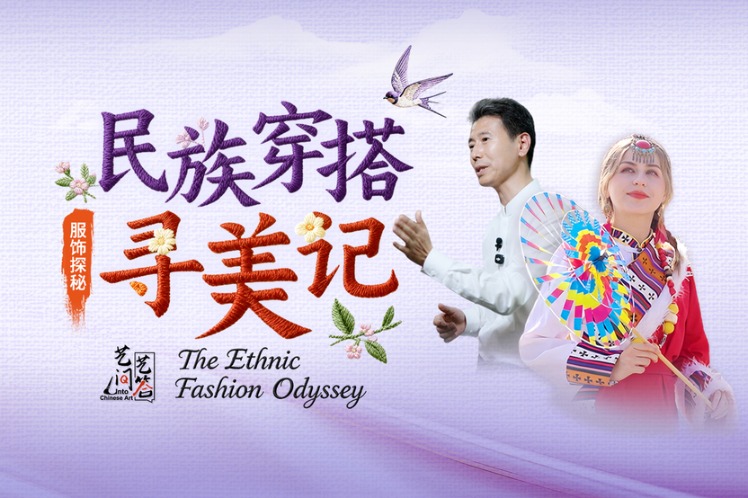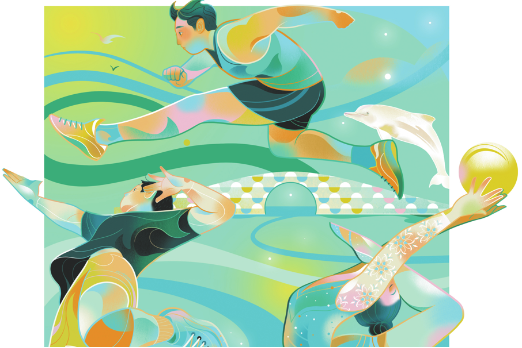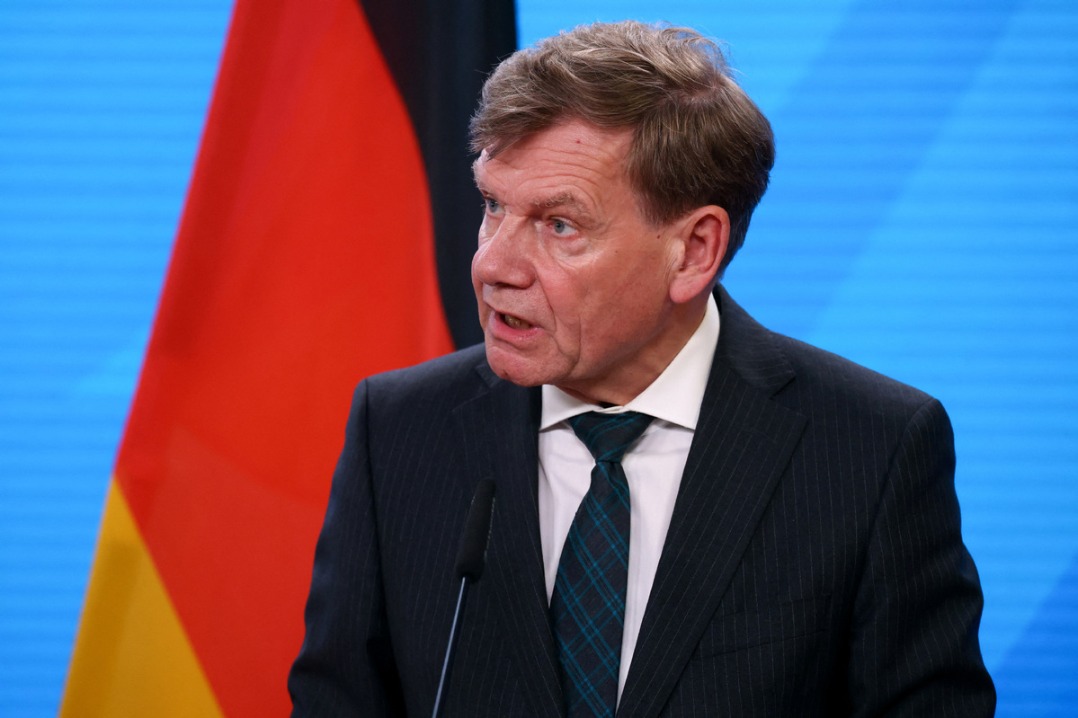Development of China's Public Health as an Essential Element of Human Rights

V. Improvement of the National Medical Security System
China has been vigorously improving its national medical security system. Now a multilayered and wide-ranging medical security system covers the whole population, mainly supported by basic medical security, and supplemented by various forms of supplementary insurance and commercial health insurance. The country has preliminarily realized basic healthcare for every citizen.
Basic medical insurance covers all urban and rural residents. The whole population is now covered by medical insurance, which is mainly composed of basic medical insurance for working urban residents, basic medical insurance for nonworking urban residents, and the new type of rural cooperative medical care. By the end of 2016 basic medical insurance had more than 1.3 billion recipients nationwide-a coverage of above 95 percent. In 2016 China officially integrated basic medical insurance for nonworking urban residents and the new type of rural cooperative medical care, to unify insurance coverage, funding policies, insured treatment, reimbursement catalogs, management of contracted medical institutions and fund management. In this way, the system of basic medical insurance for urban and rural residents was established step by step, so that urban and rural residents now enjoy equal access to basic medical insurance.
Support for basic medical insurance schemes and its sustainability have been increasing. The income and expenditure of the basic medical insurance fund for working urban residents in 2016 were RMB1,027.4 billion and RMB828.7 billion respectively-RMB421.2 billion and RMB341.9 billion more than those of 2012, representing an annual increase of 15.7 percent and 15.6 percent on average. The income and expenditure of the basic medical insurance fund for nonworking urban residents were RMB281.1 billion and RMB248 billion, respectively-RMB193.4 billion and RMB180.5 billion more than those of 2012. In 2017 government subsidies for basic medical insurance for nonworking urban and rural residents are increased, with annual per capita subsidies at all levels reaching RMB450.
Basic medical insurance benefits have been improved. In 2016 the payment caps of the basic medical insurance for working urban residents and for nonworking urban residents were six times local employees' average salary of the year and local residents' per capita disposable income of the year, respectively; inpatient reimbursement rates from basic medical insurance were about 80 percent and 70 percent, respectively. In 2017 outpatient and inpatient reimbursement rates from the new type of rural cooperative medical care scheme are about 50 percent and 70 percent, respectively. The National Medicine List for Basic Medical Insurance, Industrial Injury Insurance and Maternity Insurance (2017) includes 2,535 items of Western medicines and Chinese patent medicines, with 339 more medicines than those in the previous list, or an increase of 15 percent, almost including all therapeutic medicines in the National Essential Medicine List (2012). As for expensive patent medicines with high clinical value, the government organized talks on medicines covered by the insurance and added 36 items to the National Essential Medicine List (2012) for the treatment of malignant tumors, and some rare and chronic diseases. Some newly added rehabilitation treatments are now covered by basic medical insurance.
Forms of reimbursements from basic medical insurance have been improved. More than 70 percent of regions in China are exploring new forms of payment from basic medical insurance, such as payment by a certain category of disease, by capitation or by Diagnosis Related Groups (DRGs). The country has been building a national network of basic medical insurance, promoting cross-province real-time reimbursement from basic medical insurance, and the use of all-purpose card. By the end of August 2017, real-time reimbursements had been realized for all areas covered by basic medical insurance across the country; real-time reimbursements for cross-region inpatient medical expenses within the same province had been basically realized in the country. A national real-time reimbursement network for cross-province inpatient expenses has been put in place, and all provinces (including Xinjiang Production and Construction Corps) have joined the national network of cross-province reimbursement of basic medical insurance. By the end of August 2017, China had a total of 6,616 designated medical institutions for real-time reimbursements of cross-province inpatient expenses.
Serious illness insurance for urban and rural residents has been improved. China has implemented serious illness insurance for urban and rural residents, aiming to cover large medical expenses, and improve medical security for serious illnesses. By the end of 2015 serious illness insurance for urban and rural residents covered all recipients of basic medical insurance. In 2016 serious illness insurance covered more than 1 billion urban and rural residents; according to provincial policies, the serious illness insurance reimbursement rates shall be more than 50 percent, and the actual reimbursement ratio was raised by 10 to 15 percentage points.
Medical assistance mechanisms have made marked progress. A medical assistance policy framework has been established; medical assistance programs dovetail nicely with serious illness insurance schemes; and medical assistance criteria and capacity have become consistent in both urban and rural areas. Medical assistance recipients have been expanded from subsistence allowance recipients and people in dire poverty to the poverty-stricken population, low-income household members and critically-ill patients in illness-stricken poor families. Trade unions at all levels have been organizing employees' mutual aid for medical expenses, to help employees with serious illnesses and reduce their financial burden. In 2016 China appropriated RMB15.5 billion in medical assistance subsidies (excluding illness emergency assistance subsidies), 92 percent of which went to central and western regions, and poverty-stricken areas, assisted 82.565 million cases, and helped 55.604 million people with financial difficulties to receive basic medical insurance. The proportion of inpatient recipients within the annual limit exceeded 70 percent. Medical assistance services have become more convenient, as 93 percent of the country has realized one-stop reimbursement from medical assistance funds and basic medical insurance. In 2013 China set up an illness emergency assistance fund to help unidentified patients who need immediate treatment, or identified patients who cannot afford the related medical expenses. By June 2017 some 640,000 patients had received help from the fund.
Medical security for the rural poverty-stricken population has been improved. In 2016 China started to implement poverty relief through healthcare. Now the rural poverty-stricken population is fully covered by both basic medical insurance and serious illness insurance for urban and rural residents. The inpatient reimbursement rates for the rural poverty-stricken population have been raised by more than five percentage points. China has mobilized over 800,000 medical workers to visit illness-and-poverty-stricken families, and investigate 93 major diseases with high occurrence, high treatment costs and severe impact on work and life, thereby keeping a record and setting up a database for poverty relief through healthcare. The country provides categorized treatment to rural poverty-stricken population suffering from serious illnesses and chronic diseases. By May 2017 China had given such treatment to over 2.6 million people. The country has adopted preferential policies favoring the rural poor with respect to reimbursement from serious illness insurance. China implements a policy of treatment before payment and one-stop reimbursement for rural poverty-stricken inpatients at county-level hospitals. In addition, China has designated 889 Grade III (top-level) hospitals to assist 1,149 county-level hospitals in all poverty-stricken counties across the country.

















